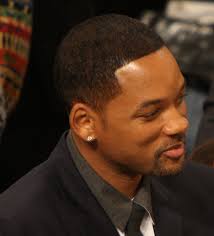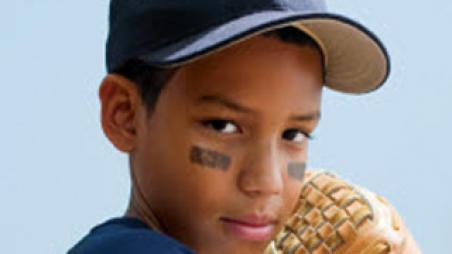What is a visio-vestibular examination for concussion and is it reliable to diagnose traumatic brain injury in children?
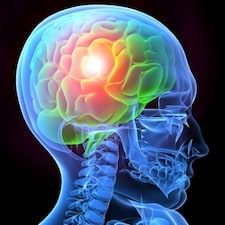 A concussion is a traumatic brain injury that affects the brain function. It is diagnosed quite frequently among children however its diagnosis remains challenging. Doctors often rely on symptoms and historical factors.
A concussion is a traumatic brain injury that affects the brain function. It is diagnosed quite frequently among children however its diagnosis remains challenging. Doctors often rely on symptoms and historical factors.
A recent study published by the “Minds Matter Concussion Program at the Children’s Hospital of Philadelphia” found that the Visio-Vestibular Examination is an easy and useful tool to distinguish to concussed from not concussed children following a head injury. The exam can also be conducted outside of the Emergency Department setting.
The Visio-Vestibular Examination (VVE) is a series of examinations that determine if the patient has some degree of visio-vestibular deficit such as impaired eye movements and pupil response. The following examinations are being done:
 New York Personal Injury Attorneys Blog
New York Personal Injury Attorneys Blog


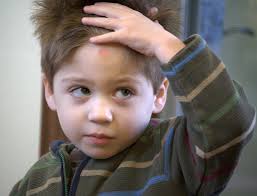
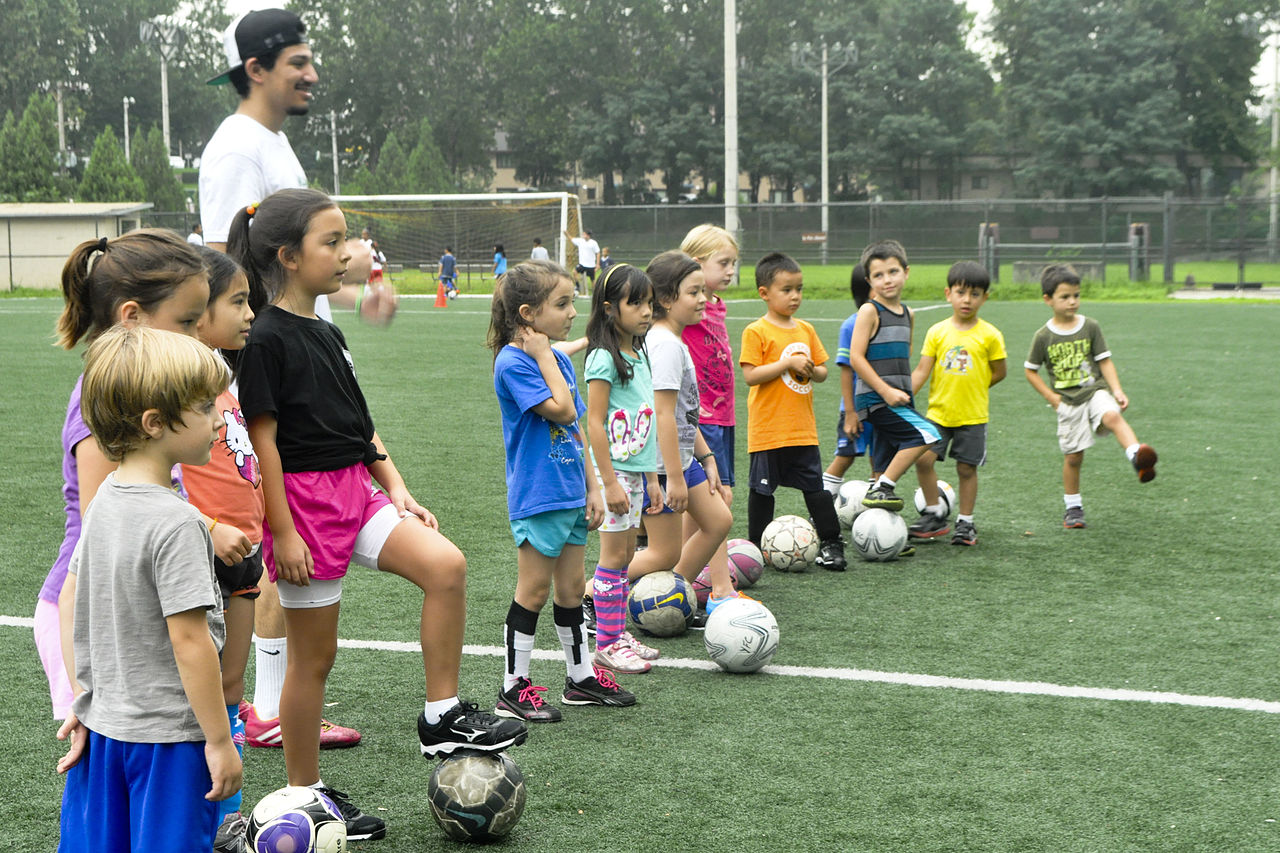
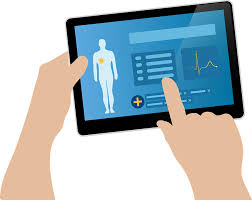
 People who are driving after recovering from a
People who are driving after recovering from a 